A search of “air pollution” on any major news website is bound to bring up recent articles about air pollution around the world. I did this search on the New York Times website, and the first article to appear was “Protests in Iranian City Where ‘Everything Is Covered in Brown Dust’”. The article talked about a city in Iran, Ahvaz, where the air quality is so bad that citizens are taking to the streets to protest the government, going so far as calling for the resignation of the local governor. Two articles later was about London’s air quality issues since diesel vehicles and wood-burning fires in private homes have become more popular. The quality of air is so bad, that it is being compared to the Great Smog that occurred in December 1952, with an estimated death toll of 12,000 people.
Luckily, the frequency of these extreme events is falling, at least in the United States. The Environmental Protection Agency (EPA) has been tracking major air pollutants since 1980, and the trend of almost all the pollutants the EPA tracks is that they are present in declining amounts. One reason that the U.S. has less extreme air pollution events is that there is legislation in place that helps to limit the amount of pollutants that are getting into the air. An overview of federal regualtions can be found at the Delaware Department of Natural Resources and Environmental Control.
Unfortunately, the rest of the world has not had this same fortune. A number of cities, many in China and India, have become known for their low quality air, where people wear masks to avoid breathing in the air directly. In May 2016, The World Health Organization (WHO) said that more than 80% of the world’s population that live in urban areas are exposed to air quality levels that exceed WHO standards, by 5-10 times in some countries. Most of these people live in low- or middle-income countries, and are at increased risk for stroke, heart disease, lung cancer, and chronic and acute respiratory diseases, including asthma, due to regularly breathing low quality air. Luckily, there is some good news. In the past two years, the number of cities monitoring their air quality has doubled, and more cities are following the trend. Knowledge is power, and when cities take steps to monitor their levels, they may be able to reduce some types of pollution, and citizens benefit in the form of lessened disease risk and improved air quality.
Sources
Air pollution levels rising in many of the world’s poorest cities (World Health Organization)
Hannah Leis
2/21/2017


